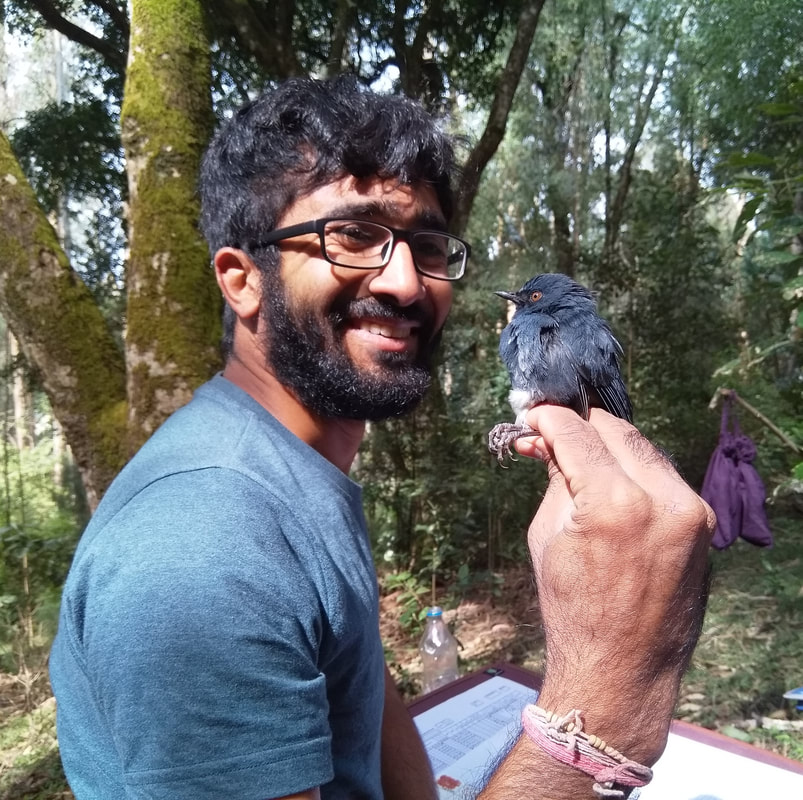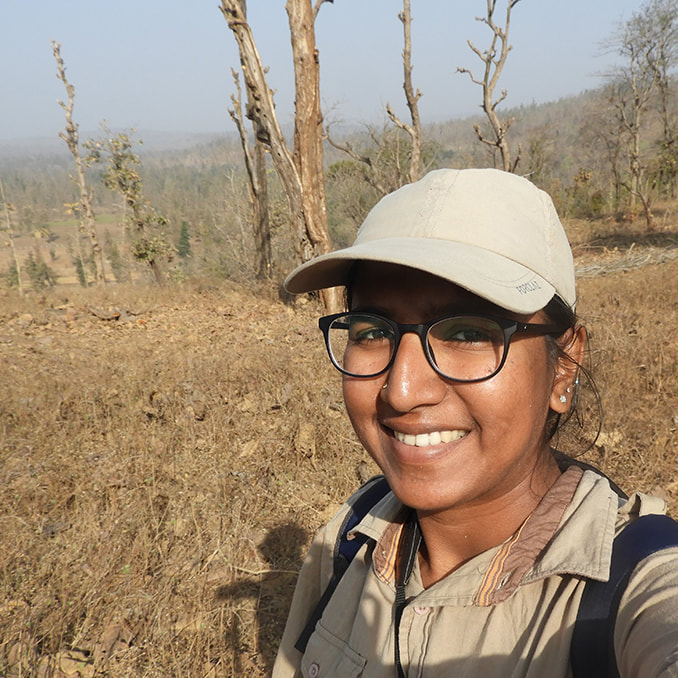Project: Identification and Detection of Endangered Forest Owlet Athene (Heteroglaux) blewitti using Automated Recording Units.
|
Description: Biodiversity assessment through passive acoustic monitoring has achieved remarkable benefits in ecology and conservation in recent years. Birds use sounds for various purposes including communication, sexual display, and territory defense. Effective bird communication has species-specific signals, essential for species identification and fruitful for the ecological monitoring of the species. Autonomous Recording Units (ARUs) has been proposed as an alternative to point counts made by human observers for the long term monitoring of the species but it produces large acoustic datasets. Advances in automatic signal detection has enabled the detection of species-specific signals from large datasets. Forest Owlet Athene blewitti is an endangered (BirdLife International, 2017) endemic bird to central India, rediscovered after 113 years in the foothills of the dry-deciduous forest, north of Shahada, Maharashtra. After the rediscovery several studies have been conducted on the ecology, status and distribution, taxonomy, diet, breeding, behaviour and conservation of the species. This is the first attempt to create a framework for the detection of endangered Forest Owlet using Automated Recording Units. Monitoring endangered or indicator species through ARUs seems more challenging. As a preliminary work to test which algorithm works better for Forest Owlet detection we deployed ARUs for three continuous days in Tansa Wildlife Sanctuary and conducted an experimental test detection in two signal detectors.
The present study focuses,
|
Study site: Central India including Gujarat, Maharashtra, Madhya Pradesh and Rajasthan.
Funding: Ministry of Environment, Forest and Climate Change (MOEFCC), Salim Ali Centre for Ornithology and Natural History (SACON) and IISER-Tirupati.
Team:
|





